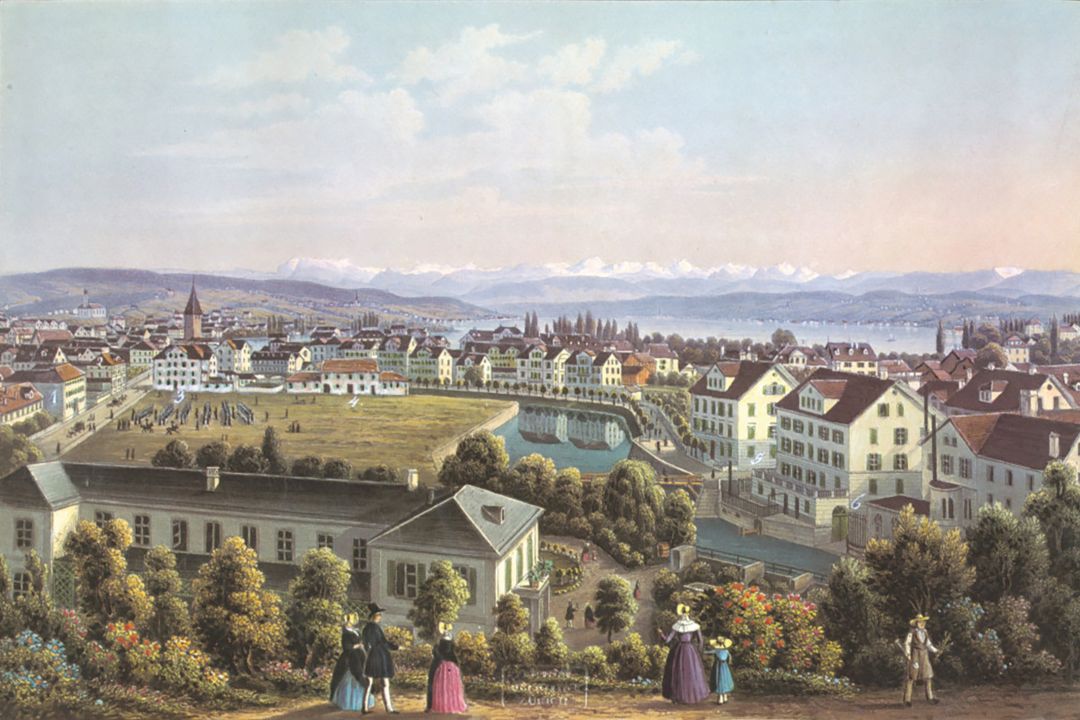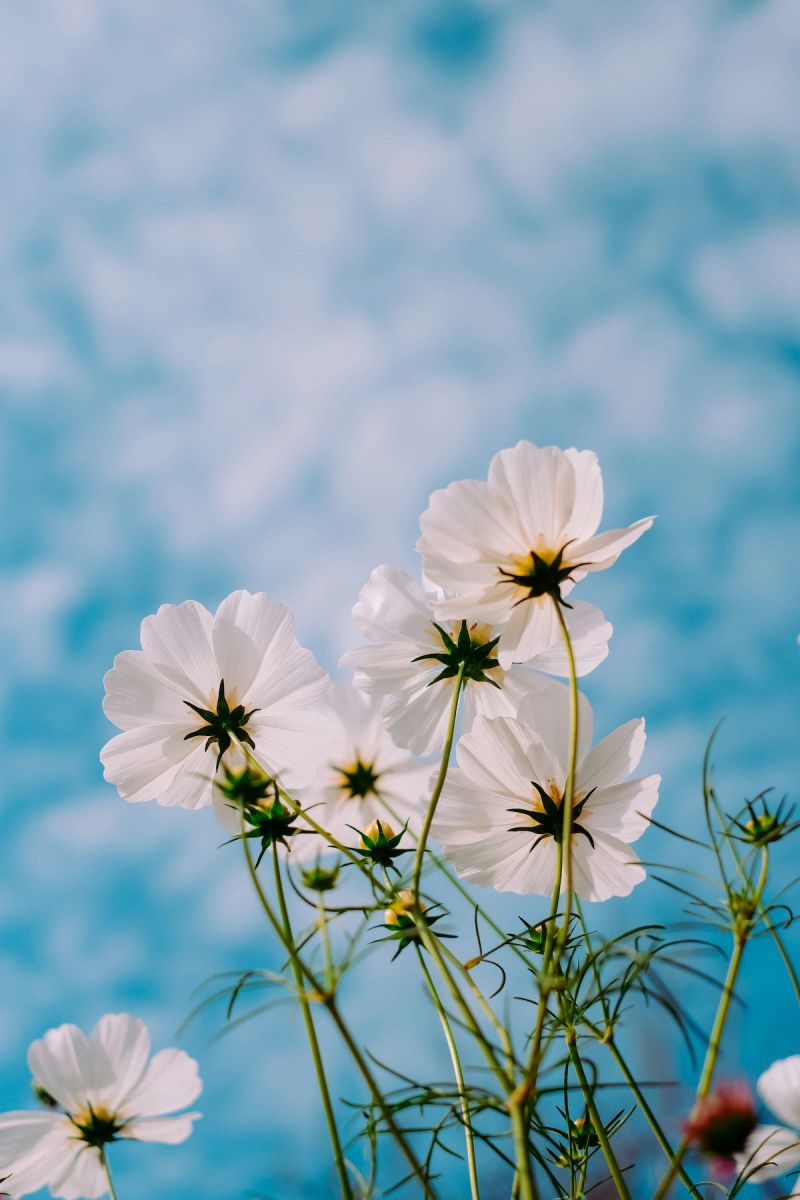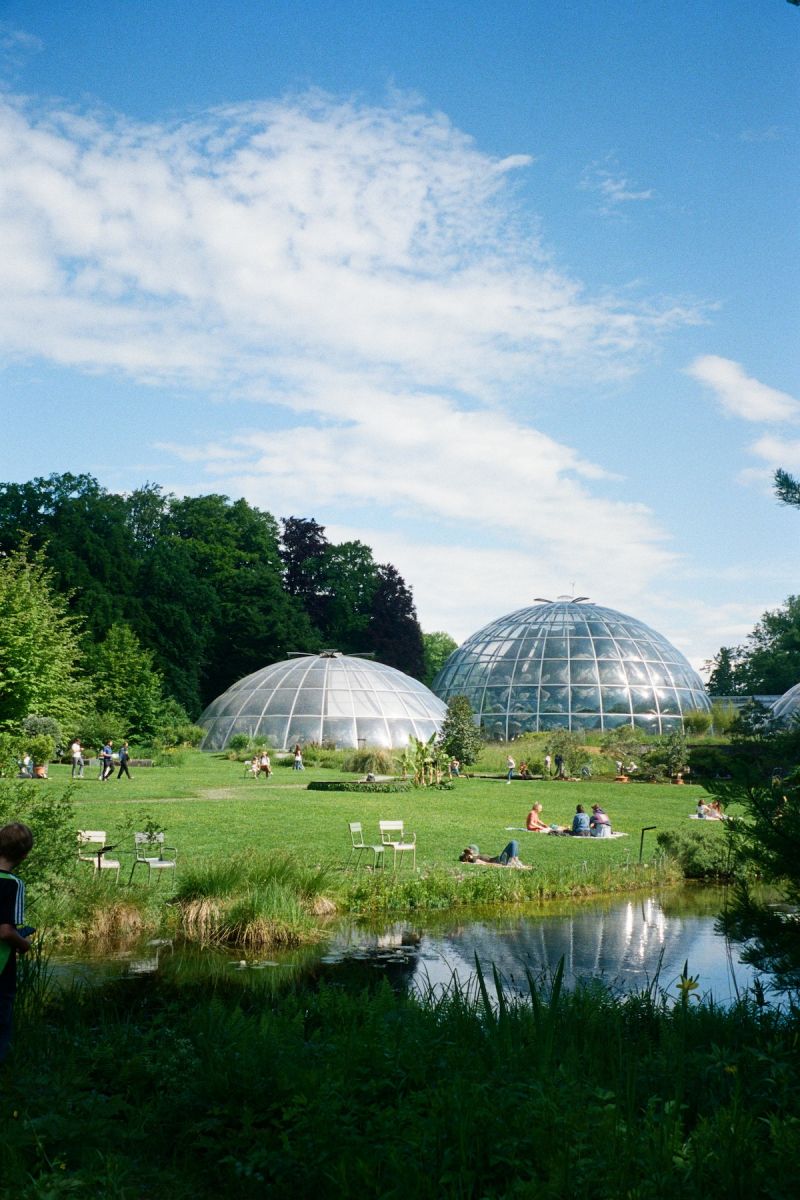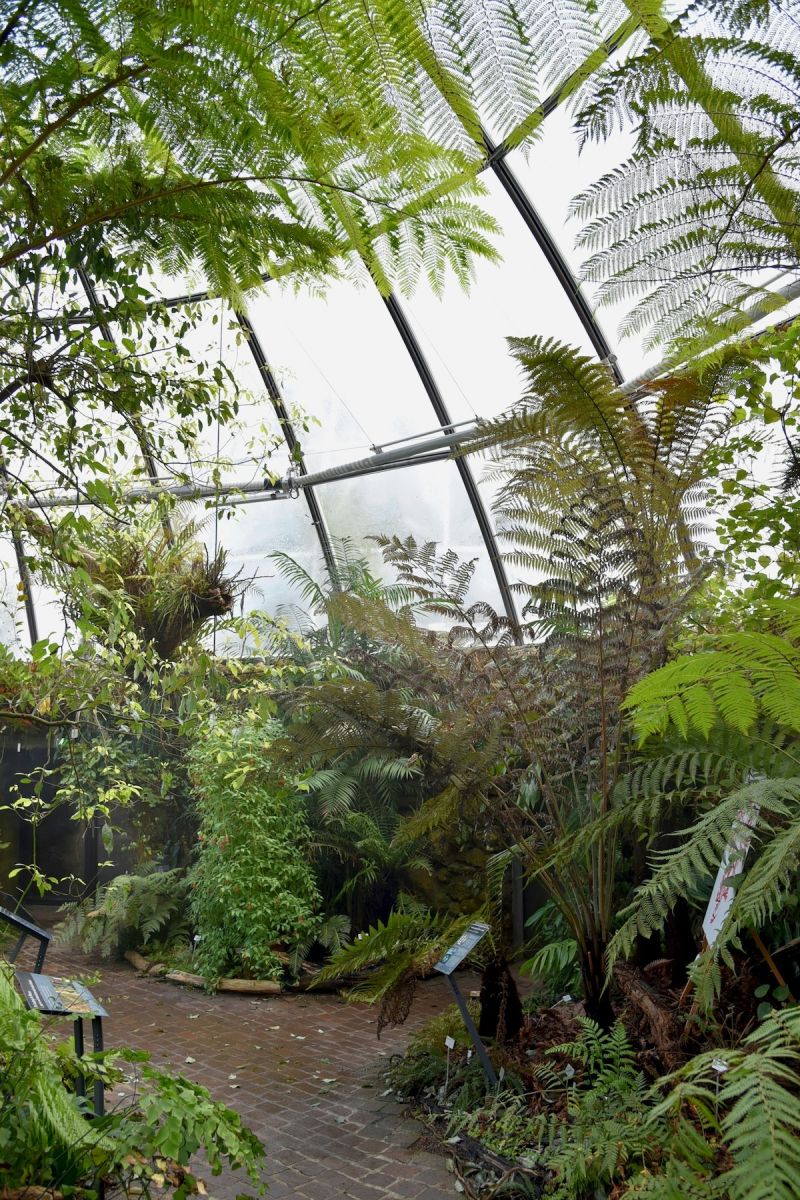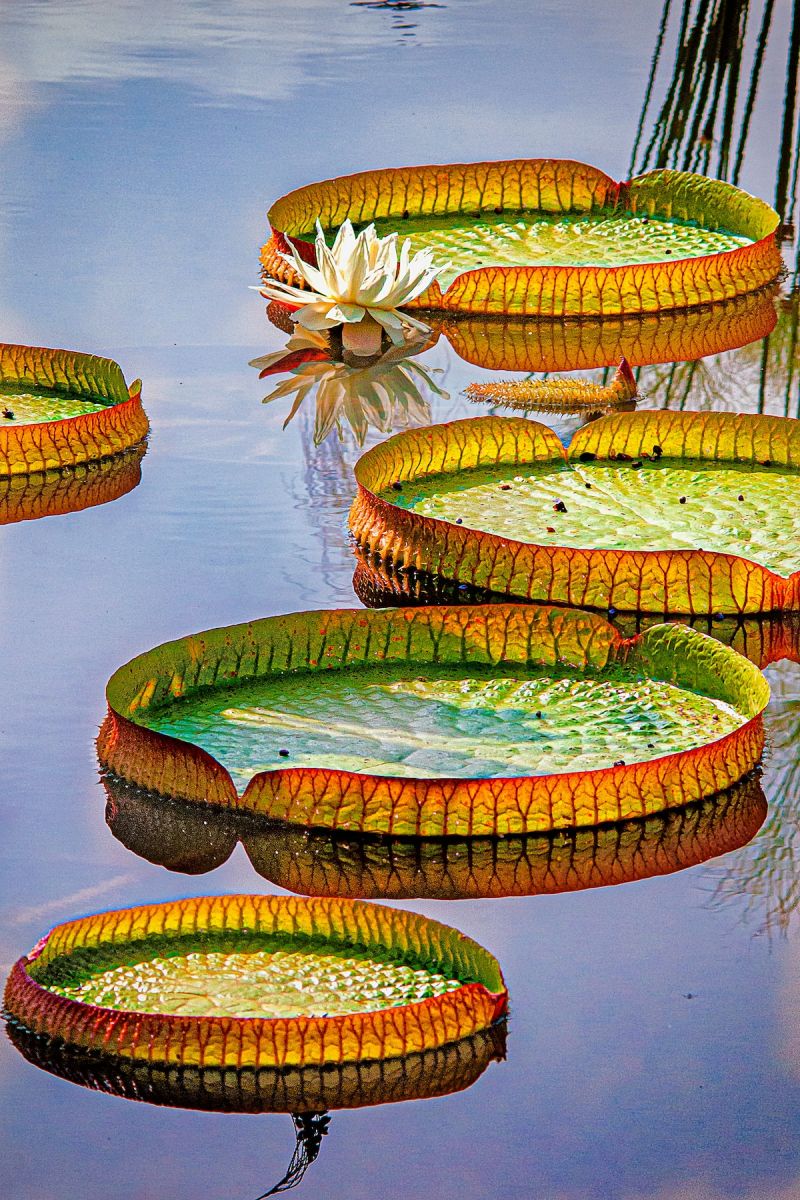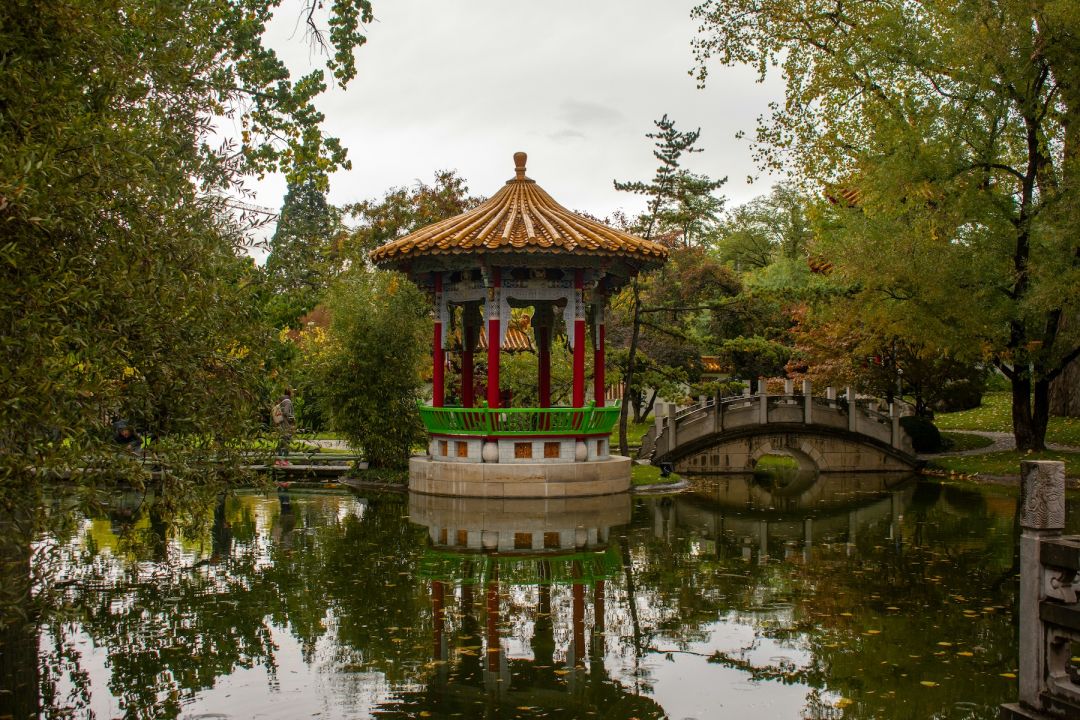JOIN the AFICIONADOS
Get the insider news and lowdown on what we've been up to, where we've been, and who we've met along the way. Be the first to discover new places and get the scoop on our favourites.
Located at the meeting point of sparkling Lake Zurich and River Limmat, the city of Zürich is wrapped around by pre-medieval streets, 17th-century buildings and Romanesque churches. In between, you might be surprised to hear there are three botanical gardens open to the public. Although, as a place regularly voted as the most liveable city in the world, perhaps the emphasis on wellbeing, nature and green spaces is not so surprising after all.
The largest of the botanical gardens is known as the ‘New’ botanical garden, located at the University of Zurich and opened in 1977, with the intention of creating a place of relaxation for residents and visitors. With its herb-rich meadow, forested Mediterranean garden and Alpinium, it certainly transports you out of the city. It is most famous though for its distinctive ‘Teletubby'-style tropical houses: futuristic bubbles that house a huge variety of tropical and exotic flora.
The Old Botanical Garden is found in the city centre, not far from the Sihlporte district. Here the garden is found in the remains of the 17th-century ramparts and moat and was designed in 1837 by a university gardener Leopold Fröbel. Although the main research focus for the botanical garden shifted to the new university garden, this peaceful enclave still holds its own appeal, with ancient lofty trees giving their shade and a focal point being a medieval herb garden inspired by the famed Swiss physician and naturalist Conrad Gessner, where you can examine over 50 medicinal plants.
For something different, take a peek at the Chinese Garden, which you might visit in conjunction with Le Corbusier’s Pavilion, a structure built as a homage to the Swiss architect. The Chinese Garden came about as a gift from the Chinese town Kunming which is twinned with Zurich after Zurich lent some scientific assistance to the development of Kunming’s drinking water supply.
The town’s gratitude is clear – fascinating culture references and Chinese symbolism are detailed in ornate beauty with portals, friezes, carved walls and sculptures depicting calligraphy, lotus flowers, dragons and bamboo. A square pavilion acts as a gateway to a water palace with a bridge connecting to the pavilion’s island, using water as a symbol of friendship. The garden is full of themed expression such as plum blossom known as a joyful symbol of spring, willow which symbolises holiness and pine which points to longevity.
When you’re next in Zurich make time to fit in a relaxing botanical garden break…
